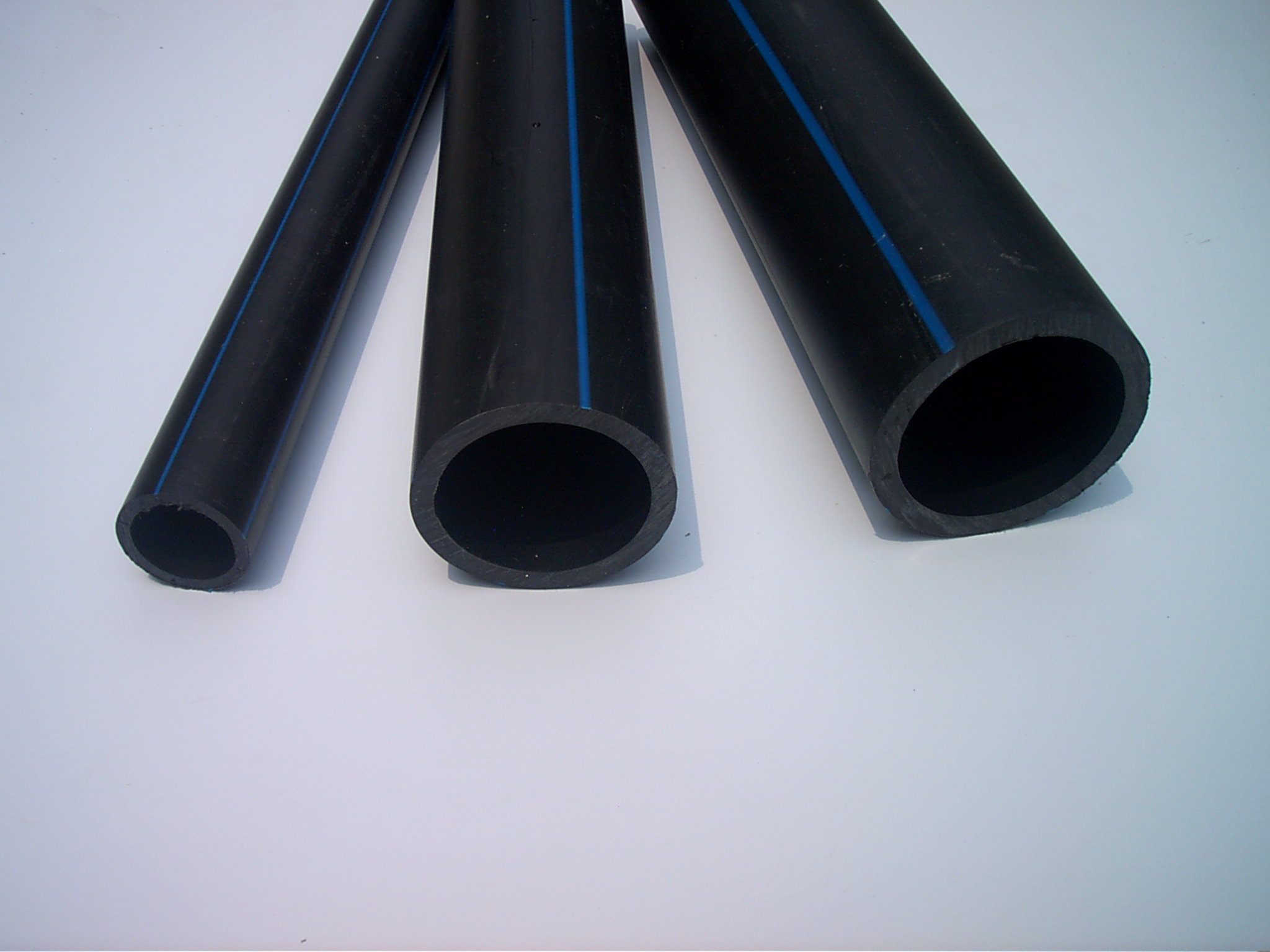Aug . 13, 2024 02:12 Back to list
Choosing the Right Welding Rods for PVC Applications to Ensure Strong and Durable Joints
Understanding Welding Rods for PVC A Comprehensive Guide
Welding rods, often referred to as welding electrodes, are critical components in the process of joining materials together. When it comes to polyvinyl chloride (PVC), the choice of welding rod can significantly affect the quality and durability of the final product. This article delves into the types and specifications of welding rods suitable for PVC applications, their uses, and best practices for effective welding.
What is PVC?
Polyvinyl chloride, or PVC, is one of the most commonly used synthetic plastic polymers in a wide array of industries, including construction, automotive, and medical applications. Its lightweight nature, resistance to corrosion, and durability make it an ideal choice for piping, sheeting, and a variety of fittings. However, the properties of PVC also necessitate specific welding techniques and materials to ensure strong joints.
Types of Welding Rods for PVC
When welding PVC, it is crucial to use the appropriate welding rod that matches the specifications of the PVC material. The most common types of welding rods for PVC include
1. PVC Welding Rods Specifically designed for PVC applications, these rods are often made from the same resin as the PVC materials being joined. This compatibility ensures a strong bond, as the molten rod fuses fluidly with the existing material.
2. Thermoplastic Welding Rods These are versatile rods that can be used for various thermoplastic materials, including PVC. They typically come in various diameters and colors, allowing for an aesthetic match with the base material.
3. Plastic Welding Rods These rods are suitable for welding different types of plastics such as polyethylene (PE) or polypropylene (PP) but can also work for PVC in certain situations. However, compatibility should always be verified to ensure effective welding.
Factors to Consider
When selecting a welding rod for PVC, several factors should be taken into account
welding rods for pvc

- Material Compatibility Always choose a welding rod made from PVC or a compatible thermoplastic to avoid weak joints
.- Diameter of Rod Depending on the welding technique used, the diameter of the rod can significantly affect the welding speed and the quality of the bond.
- Color Matching For aesthetic applications, finding a welding rod that closely matches the color of the PVC material can be important, especially in visible joints.
Best Practices for PVC Welding
To achieve the best results when welding PVC, adhere to the following best practices
1. Surface Preparation Ensure that the surfaces to be welded are clean and free from contaminants like dust, oil, or moisture. This will enhance the bond strength between the materials.
2. Temperature Control PVC welding typically requires careful temperature management. Overheating can lead to material degradation, while underheating can result in a weak joint. Follow manufacturer guidelines for best temperature settings.
3. Welding Technique Common welding techniques for PVC include hot air welding and extrusion welding. Choose the method that best aligns with the project requirements and the thickness of the materials being joined.
4. Testing After welding, conduct tests to verify the strength and integrity of the joints. This may include pressure tests for piping applications or visual inspections for aesthetic purposes.
Conclusion
Welding rods are essential for ensuring strong and durable connections in PVC applications. By choosing the right type of welding rod and following best practices, welders can achieve high-quality results that stand the test of time. Whether for industrial applications or home projects, understanding the nuances of welding rods for PVC is crucial for anyone involved in the welding process. As PVC continues to be a staple in various industries, mastering these techniques will lead to enhanced efficiency and efficacy in work.
-
High-Quality PPR Pipes and Fittings Durable ERA PPR & PVC PPR Solutions
NewsJul.08,2025
-
Black HDPE Cutting Board - Durable, Non-Porous & Food Safe HDPE Plastic Cutting Board
NewsJul.08,2025
-
High-Quality CPVC Panel Durable HDPE & PVC Panels Supplier
NewsJul.08,2025
-
Double PE Welding Rod Supplier - High Strength, Durable & Versatile Welding Solutions
NewsJul.07,2025
-
High-Quality PVC-O Pipe Supplier Durable 75mm PVC Pipe & Connections Leading PVC Pipe Company
NewsJul.07,2025
-
HDPE Drainage Pipe Supplier – Durable & Corrosion-Resistant Solutions
NewsJul.06,2025

